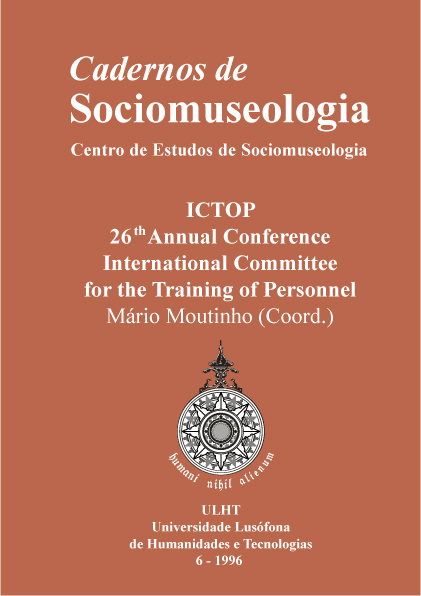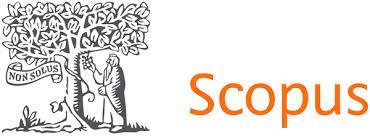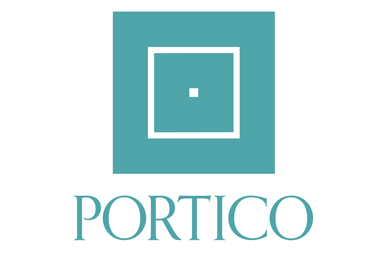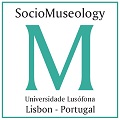UNIVERSAL MUSEUM - UNIVERSAL LANGUAGE? Art Historian - Curator
Resumo
Marshal McLuhan’s prophetic vision of the global village is about to be realized. If we are aware of the fact that mass communication reduces the dimensions of our world and makes it more unified and universal, we should take this into consideration when planning the Universal Museum and the language that should be used in it.
As curators, educators and museum staff we should not ignore the fact that the spectator/viewer is drawn to the exhibits not only by their own merit, but also guided and assisted by verbal messages, i. e. Labels, brochures. Catalogues etc. Hence, the crucial question is what we, the museologists, use as a means of communication when preparing for a Universal Museum. Should we use pictorial semiotics? This may be a partial solution, which is mainly restricted to objects that can be manipulated and moved by the visitor, as is the case in most of the technological museums. But since the range of objects on display at museums is vast and varied - fine art, archaeological finds, ethnographic objects etc., it may not be the answer to the whole spectrum of exhibits.
Dr. Ludwig Lazarus Zamenhof, being an optimist, hoped that by introducing Esperanto to the multi-lingual world population, humanity would be able to bridge and diminish the gap of linguistic differences, thus creating a better understanding between the international communities. Unfortunately this vision was not realized. Esperanto was and still is an utopian and esoteric phenomenon. The barriers between nations still exist although, as mentioned earlier, mass media do help, in some ways, to reduce them.
Downloads
Política para Periódicos de Acesso Livre
Autores conservam os direitos de autor e concedem à revista o direito de primeira publicação, com o trabalho simultaneamente licenciado sob a Licença Creative Commons Attribution que permite a partilha do trabalho com reconhecimento da autoria e publicação inicial nesta revista.













